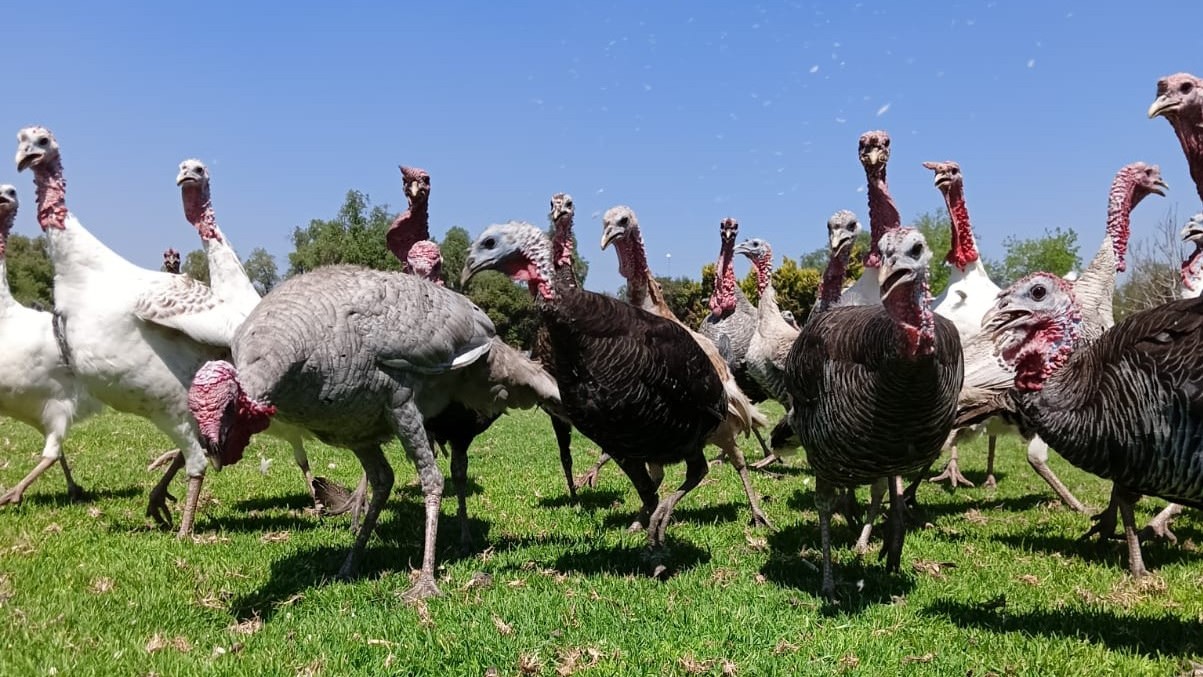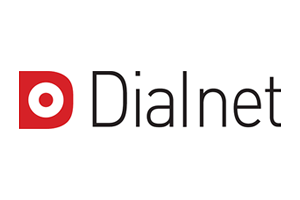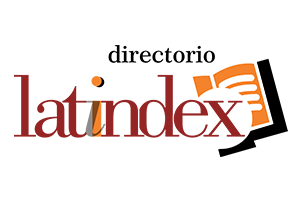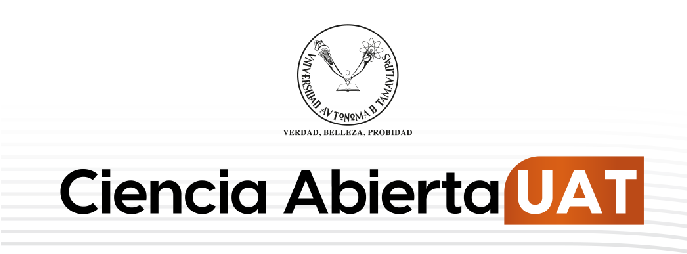Nutritional requeriments of domestic turkey (Meleagris gallopavo): a review
DOI:
https://doi.org/10.29059/cvpa.v3i1.35Keywords:
physiological stages, turkey, nutritionAbstract
Domestic turkeys (Meleagris gallopavo) are valued for their foraging ability and productive yield. Its meat offers high nutritional value, and its eggs provide an optimal composition of amino acids and beneficial omega-3 and
omega-6 fatty acids for human diets. Turkey farming, known as meleagriculture, is a suitable activity for
small-scale producers, adapting well to intensive, semi-extensive, and extensive production systems. The objective of this review was to synthesize and analyze the literature on the physiological stages of turkeys and the feed ratios used in research conducted across different countries. This allowed the identification of the essential nutritional requirements at each production stage. Despite the robustness, disease resistance, omnivorousness, and foraging instincts of turkeys, there is a persistent lack of nutritional research adapted to diverse geographical
zones and production systems. Further research is
needed to elucidate the most appropriate feed inputs for this species.
References
Adebowale, T., Oso, A., Liu, H., Tossou, M., Chen, J., Li, H., Kang, B., & Yao, K. (2019). Effect of dietary niacin supplementation on growth performance, nutrient digestibility, hematology, and lipoprotein concentrations of young turkeys, Meleagris gallopavo. The Journal of Poultry Science, 56(2), 112-119. https://doi.org/10.2141/jpsa.0170212 DOI: https://doi.org/10.2141/jpsa.0170212
Ahmed, S. A., & Schurig, G. G. (2020). Respuesta inmunitaria específica: inmunidad adquirida. En B. G. Klein, & P. L. Lorenzo González (Eds.), Fisiología veterinaria (6a ed., pp. 617-626). Elsevier.
Akinsuyi, M. A. (2023). Effect of energy/protein ratio and strain on performance, nutrient digestibility and serum biochemical indices of exotic and locally adapted turkey. International Journal of Biochemistry and Biomolecules Research, 1(2), 37-45. https://journals.stmjournals.com/ijbbr/article=2023/view=130065/
Al-Shadeedi, S. M. J. (2020). Comparison of weight, components and chemical composition of eggs in Guinea fowl, turkey, and domestic chicken. Journal of World Poultry Research, 10(1), 52-56. https://doi.org/10.36380/jwpr.2020.7 DOI: https://doi.org/10.36380/jwpr.2020.7
Arslan, E., & Cetin, O. (2023). Effects of different rearing systems on growth and fattening performance of American bronze turkeys. Eurasian Journal of Veterinary Science, 39(3), 114-123. https://doi.org/10.15312/EurasianJVetSci.2023.406 DOI: https://doi.org/10.15312/EurasianJVetSci.2023.406
Austic, R. E. (2016). Aves de corral. En D. C. Church, W. G. Pond, K. R. Pond, & J. L. Laparra Vega (Eds.), Fundamentos de nutrición y alimentación de animales (pp. 515-535). Limusa S.A. de C.V.
Camacho Escobar, M. A., Pérez Lara, E., & Jerez Salas, M. P. (2020). Etología, patrones de actividad, manejo tradicional y uso del guajolote nativo en la costa de Oaxaca. En R. A. Perezgrovas Garza, M. A. Camacho Escobar, & A. Juárez Caratachea (Eds.), El guajolote nativo de México: estudios recientes y perspectivas (1a. ed., pp. 273-323). BUAP, Red Mexicana CONBIAND, A.C. https://www.researchgate.net/profile/Raul-Perezgrovas/publication/355478927_El_guajolote_nativo_de_Mexico_estudios_recientes_y_perspectivas/links/6172f06b3c987366c3ca49dd/El-guajolote-nativo-de-Mexico-estudios-recientes-y-perspectivas.pdf
Cañada-Lugo, M. G., Lara-Bueno, A., Mendoza-Martínez, G. D., Espinosa-Ayala, E., Hernández-García, P. A., & Miranda-Romero, L. A. (2021). Suplementación con nucleótidos durante la lactancia artificial de terneros Holstein. Revista Mexicana de Agroecosistemas, 8(1), 155-162. https://revistaremaeitvo.mx/index.php/remae/article/view/214/194
Gamboa-Delgado, J., Márquez-Reyes, J. M., & Godínez-Siordia, D. E. (2022). Producción masiva de microorganismos para la obtención de proteína sustentable con alto valor biológico. CIENCIA ergo-sum, 30(3), 1-13. https://www.scielo.org.mx/pdf/cies/v30n3/2395-8782-CES-30-03-215.pdf DOI: https://doi.org/10.30878/ces.v30n3a11
Iñiguez Heredia, F. A., Espinoza Bustamante, X. E., & Galarza Molina, E. L. (2021). Uso de probióticos y ácidos orgánicos como estimulantes del desarrollo de aves de engorde: artículo de revisión. Revista de Investigación en Ciencias Agronómicas y Veterinarias, 5(14), 166-172. https://doi.org/10.33996/revistaalfa.v5i14.107 DOI: https://doi.org/10.33996/revistaalfa.v5i14.107
Ismail, F. S., Mostafa , M. Y., Azzam, M. M., & Gorgy, M. A. L. (2016). Effect of some sources of antioxiadnts on the productive and reproductive performance of turkey hens. Journal of Animal and Poultry Production, 7(10), 393-401. https://doi.org/10.21608/jappmu.2016.48747 DOI: https://doi.org/10.21608/jappmu.2016.48747
Kop-Bozbay, C., & Ocak, N. (2022). Administration of branched-chain amino acids in the pre- or post-hatch period improves the fiber characteristics of pectoralis major muscle in Turkey poults subjected to early or delayed feeding. Turkish Journal of Agriculture-Food Science and Technology, 10(6), 1142-1148. https://doi.org/10.24925/turjaf.v10i6.1142-1148.4965 DOI: https://doi.org/10.24925/turjaf.v10i6.1142-1148.4965
Marchewka, J., Watanabe, T. T. N., Ferrante, V., & Estevez, I. (2013). Review of the social and environmental factors affecting the behavior and welfare of turkeys (Meleagris gallopavo). Poultry Science, 92(6), 1467-1473. https://doi.org/10.3382/ps.2012-02943 DOI: https://doi.org/10.3382/ps.2012-02943
Masyitha, D., Armita, N., Akmal, M., Zainuddin, Z., Rahmi, E., Jalaluddin, M., Salim, M. N., Sabri, M., Iskandar, C. D, & Zulkifli, B. (2023). The histomorphometry of the small intestine on turkey (Meleagris gallopavo) at different age levels. The International Journal of Tropical Veterinary and Biomedical Research, 8(1), 23-28. https://doi.org/10.21157/ijtvbr.v8i1.32094 DOI: https://doi.org/10.21157/ijtvbr.v8i1.32094
Maysa, M. H., El-Sheikh, A. M., & Abdalla, E. A. (2008). The effect of organic selenium supplementation on productive and physiological performance in a local strain of chicken. 1 - the effect of organic selenium (Sel-PlexTM) on productive, reproductive and physiological traits of Bandarah local strain. Egyptian Poultry Science Journal, 29(4), 1061-1084. https://scispace.com/papers/the-effect-of-organic-selenium-supplementation-on-productive-1saufr7say
Mikulski, D., Jankowski, J., Zdunczyk, Z., Juskiewicz, J., & Slominski, B. A. (2012). The effect of different dietary levels of rapeseed meal on growth performance, carcass traits, and meat quality in turkeys. Poultry Science, 91(1), 215-223. https://doi.org/10.3382/ps.2011-01587 DOI: https://doi.org/10.3382/ps.2011-01587
National Research Council. (1994). Nutrient requirements of poultry (9a. ed.). The National Academies Press. https://doi.org/10.17226/2114. DOI: https://doi.org/10.17226/2114
Oke, F. O., Oso, A. O., Oduguwa, O. O., Jegede, A. V., Sudekum, K. H., Fafiolu, A. O., & Pirgozliev, V. (2017). Growth, nutrient digestibility, ileal digesta viscosity, and energy metabolizability of growing turkeys fed diets containing malted sorghum sprouts supplemented with enzyme or yeast. Journal of Animal Physiology and Animal Nutrition, 101(3), 449-456. https://doi.org/10.1111/jpn.12597 DOI: https://doi.org/10.1111/jpn.12597
Pacheco Coello, F. J., & Nieto, P. (2024). Asociación de la hormona estimulante de tiroide, tiroxina y triyodotironina con los metales pesados plomo y mercurio en pacientes con posible hipertiroidismo. Biociencias, 19(2), 31-41. https://doi.org/10.18041/2390-0512/biociencias.2.11756
Paramasivam, A., Kumar, P., Rajarajan, G., Anandh, A. M., & Jagatheesan, R. P. (2012). Effect of rearing systems on reproductive performance of turkey. Veterinary World, 5(4), 226-229. https://doi.org/10.5455/vetworld.2012.226-229 DOI: https://doi.org/10.5455/vetworld.2012.226-229
Peebles, E. D. (2018). In ovo applications in poultry: A review. Poultry Science, 97(7), 2322-2338. https://doi.org/10.3382/ps/pey081 DOI: https://doi.org/10.3382/ps/pey081
Perezgrovas Garza, R. A., Camacho Escobar, M. A., & Juárez Caratachea, A. (2020). El guajolote nativo de México: estudios recientes y perspectivas. BUAP, Red Mexicana CONBIAND, A.C. https://www.researchgate.net/publication/355478927_El_guajolote_nativo_de_Mexico_estudios_recientes_y_perspectivas
Piscoya, C. A., Vílchez, J. L., & Díaz García, M. L. (2021). Sales minerales orgánicas, nucleótidos sobre alimentación de pavos Meleagris gallopavo, línea Hybrad en crecimiento. Ciencia y Sociedad, 1(1), 7-20. https://revistas2.unprg.edu.pe/ojs/index.php/CURSO/article/view/529
Rodríguez Licea, G., Hernández Martínez, J., Gamboa Alvarado, J. G., & González Razo, F. J. (2021). Competitividade da Mexiquense Meleagricultura: uma análise espacial do ponto de vista técnico-econômico. Brazilian Journal of Animal and Environmental Research, 4(4), 6404- 6418. https://doi.org/10.34188/bjaerv4n4-124 DOI: https://doi.org/10.34188/bjaerv4n4-124
Rodríguez-Ortega, L. T., Rodríguez-Ortega, A., Mera-Zuñiga, F., Pro-Martínez, A., Hernández-Guzmán, F. J., Sosa-Montes, E., González-Cerón, F., & Leyva-Jimenez, H. (2022). Effect of varying dietary crude protein and metabolizable energy levels on leg abnormalities and performance in broiler chickens. Revista Colombiana de Ciencias Pecuarias, 35(3), 153-164. https://doi.org/10.17533/udea.rccp.v35n3a01 DOI: https://doi.org/10.17533/udea.rccp.v35n3a01
Romero-López, A. R. (2021). Las funciones de las aves en la producción avícola de pequeña escala: el caso de una comunidad rural en Hidalgo, México. Revista Mexicana de Ciencias Pecuarias, 12(1), 217-237. https://doi.org/10.22319/rmcp.v12i1.5088 DOI: https://doi.org/10.22319/rmcp.v12i1.5088
Ross, M. L., Bryan, D. D. S. L., Abbott, D. A., & Classen, H. L. (2019). Effect of protein sources on performance characteristics of turkeys in the first three weeks of life. Animal Nutrition, 5(4), 396-406. https://doi.org/10.1016/j.aninu.2019.09.002 DOI: https://doi.org/10.1016/j.aninu.2019.09.002
Saleh, T. F., Altaey, O. Y., & Ahmed, N. S. (2022). Avian caecal tonsils anatomy and histology, a species comparison in five Iraqi domesticated birds: Review article. Al-Qadisiyah Journal of Veterinary Medicine Sciences, 21(2), 19-30.
Shibata, M., Iwasawa, A., & Yayota, M. (2023). Gluconeogenesis in the yolk sac membrane: enzyme activity, gene expression, and metabolites during layer chicken development. Japan Poultry Science Association, 60(2), 2023020. https://doi.org/10.2141/jpsa.2023020 DOI: https://doi.org/10.2141/jpsa.2023020
Sogunle, O. M., Elangovan, A. V., David, C. G., Ghosh, J., & Awachat, V. B. (2018). Response of broiler chicken to in ovo administration of inorganic salts of zinc, selenium and copper or their combination. Slovak Journal of Animal Science, 51(1), 8-19. https://office.sjas-journal.org/index.php/sjas/article/view/61/50
Strasburg, G. M., & Chiang, W. (2009). Pale, soft, exudative turkey-The role of ryanodine receptor variation in meat quality. Poultry Science, 88(7), 1497-1505. https://doi.org/10.3382/ps.2009-00181 DOI: https://doi.org/10.3382/ps.2009-00181
Stryer, L., Berg, J. M., Tymoczko, J. L., & Gatto Jr., G. J. (2013). Bioquímica con aplicaciones clínicas (7a. ed.). Editorial Reverté. Svihus, B. (2011). The gizzard: function, influence of diet structure and effects on nutrient availability. World's Poultry Science Journal, 67(2), 207-224. https://doi.org/10.1017/S0043933911000249 DOI: https://doi.org/10.1017/S0043933911000249
Tejeda, O. J., & Kim, W. K. (2021). Effects of fiber type, particle size, and inclusion level on the growth performance, digestive organ growth, intestinal morphology, intestinal viscosity, and gene expression of broilers. Poultry Science, 100(10), 101397. https://doi.org/10.1016/j. psj.2021.101397 DOI: https://doi.org/10.1016/j.psj.2021.101397
Yahaya, M. S., Nwannenna, A. I., Fadason, S. T., & Rekwot, P. I. (2019). Optimal nutrition, a key to addressing reproductive performance in Nigerian local turkey toms. Nigerian Veterinary Journal, 40(3), 201-210. https://doi.org/10.4314/nvj.v40i3.4 DOI: https://doi.org/10.4314/nvj.v40i3.4

Downloads
Published
How to Cite
Issue
Section
License
Copyright (c) 2025 Ciencias Veterinarias y Producción Animal

This work is licensed under a Creative Commons Attribution-NonCommercial-ShareAlike 4.0 International License.
Accepted 2025-07-21
Published 2025-08-28







